Taming the Sudd: What We Must Do?
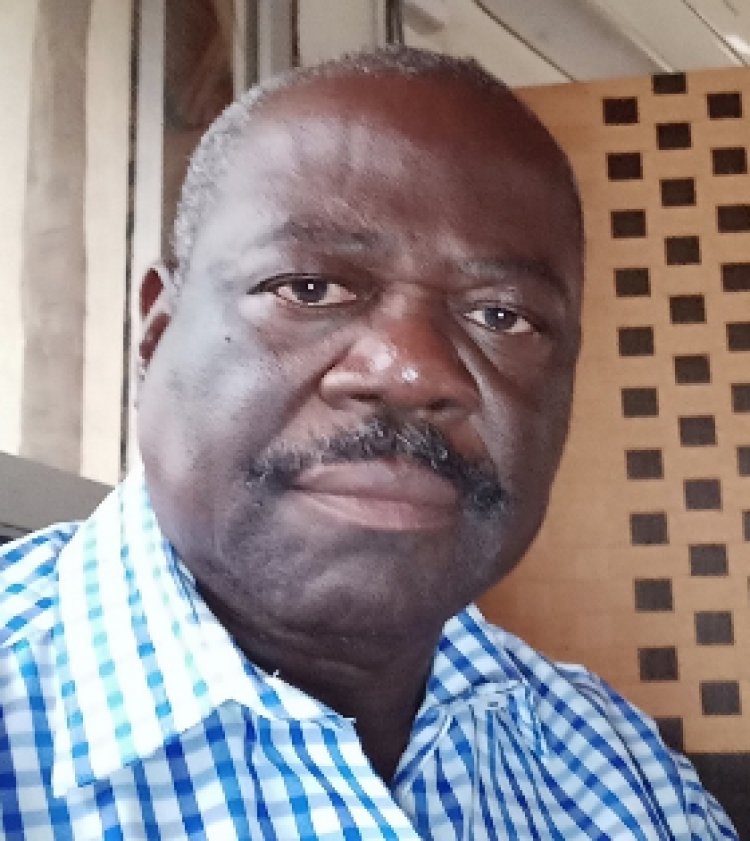
Taming the Sudd: What We Must Do?
By Hon. Dr Festo F. Kumba, MP, PhD.
Once again, the seasonal floods are here. As usual, we are on our knees pleading for support from foreign donors to feed, shelter and heal our hungry people who are languishing in muddy waters full of venomous serpents.
What is most astonishing is that, like always, come December/January when the floodwaters will have receded and the mud dried up, we shall all have forgotten what is happening now. Everyone will have resumed business as usual just to be rudely reawaken by new floodwaters when our villages are again inundated come the next rain-season.
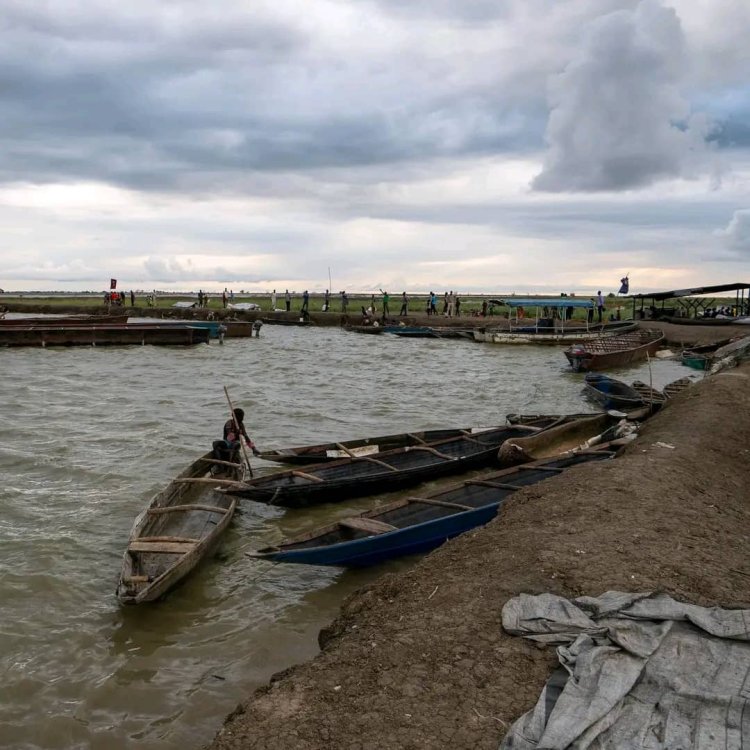
First and foremost, what we must know is that no one out there is going to fix this and the many other predicaments that face us in this country. It is we alone who must; and our very leaders are the people who should lead us to the lasting solutions.
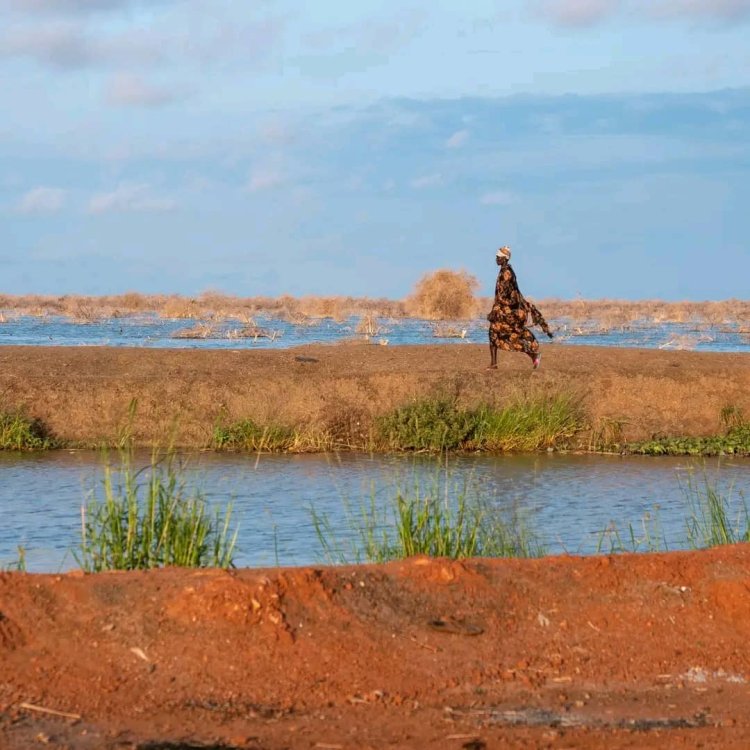
The problem of annual flooding in South Sudan is compounded by the fragile nature of the Sudd, the vast floodplains in the very heart of our country. For millions of years, a unique fragile eco-system evolved in the Sudd which, if carelessly handled, is likely to lead to environmental catastrophes of epic proportions. On the other hand, the peculiar socio-economic and socio-cultural mechanisms that generation after generation in the Sudd developed and perfected over many years to overcome the unique environmental challenges in the area would be obliterated altogether. For these reasons, environmental conservation measures must be put in place to ensure that the Sudd is protected and conserved.
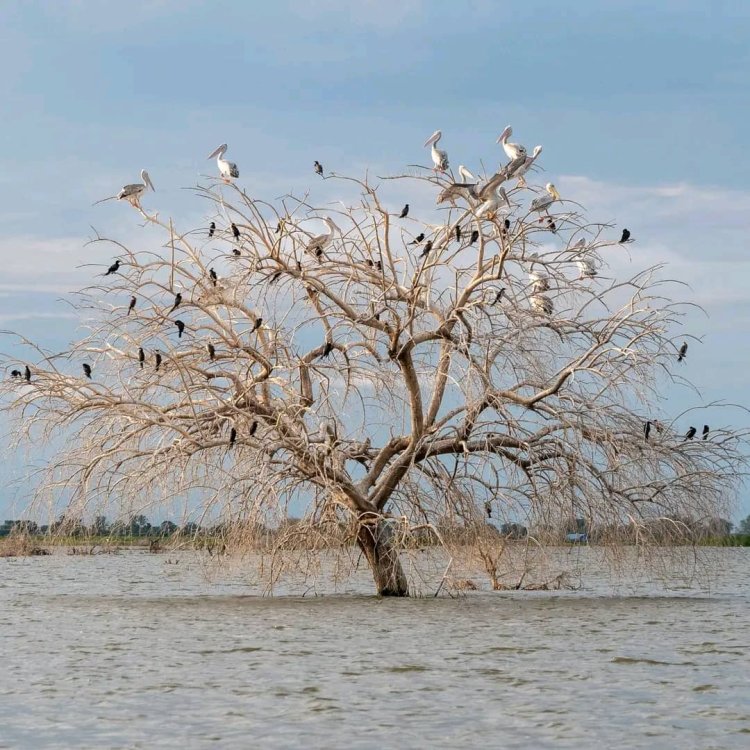
Nevertheless, despite its important role in combating climate fluctuations and environmental degradation, flooding and other nuisances that people are forced to endure in the Sudd could not and must not be left unchecked. Moreover, as climate change is predicted to heighten in the foreseeable future, rainfall is likely to considerably increase in the Nile valley as well. This will result in even much more catastrophic flooding events across the country, especially in the Sudd. Therefore, while precautionary measures are taken to protect the fragile ecosystem in the Sudd, it is necessary that the area’s susceptibility to seasonal flooding is addressed as well.
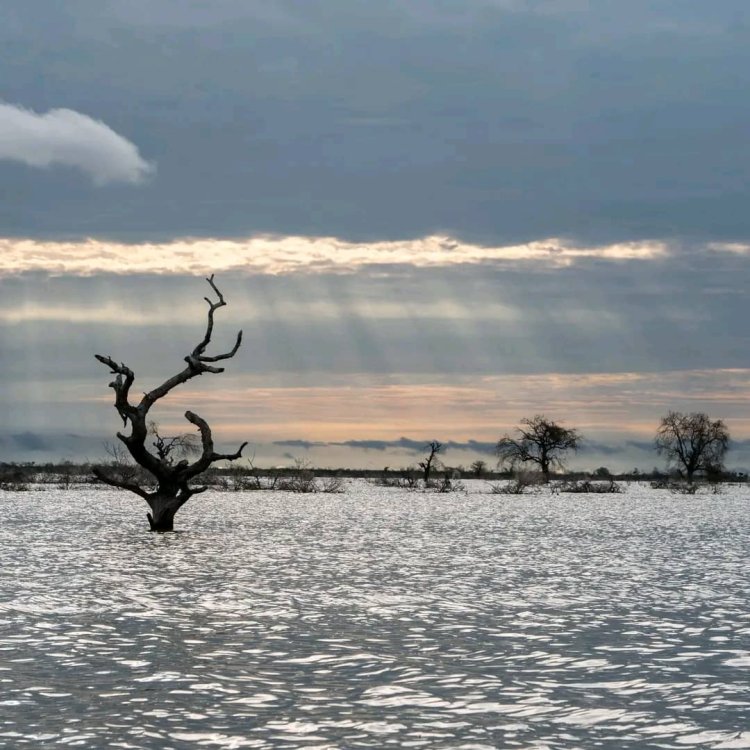
Some people have put forward drastic proposals as solution to the menace posed by annual floods. One of these is for the inhabitants of the Sudd to vacate the area and get relocated to other parts of the country. However, such an intervention is beset with its own potential hazards. Moving communities from their ancestral homeland would irreversibly dislocate the traditional socio-economic and socio-cultural coping mechanisms that, from time immemorial, sustained local livelihoods within the concerned communities. On the other hand, serious sensitivities with devastating outcomes are certain to quickly develop between host-communities and the would-be newcomers. On this last point, much can already be learnt from the kind of nasty confrontations that, in recent years, went on between the agrarian communities in parts of Equatoria and pastoralist elements from neighbouring states who infiltrated the region with large cattle herds. Besides, even the idea of moving whole communities out of their ancestral homeland would look like complete failure by those in government to harness the Sudd’s immense economic potential for the benefit of its local inhabitants.
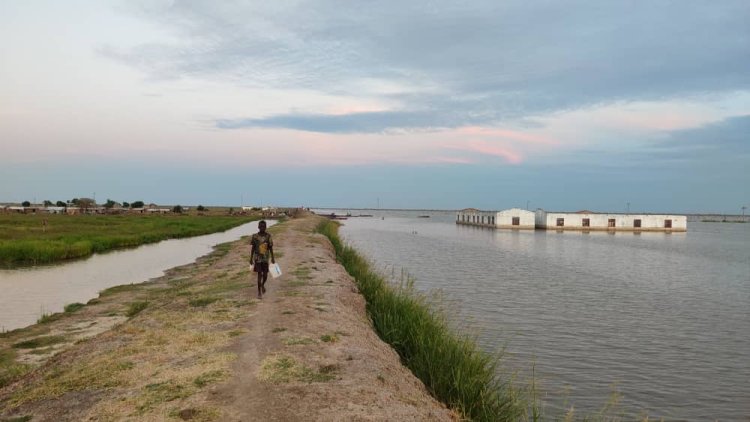
However, the problem in the Sudd isn’t the Sudd itself. The problem is the annual floods caused by excess rainwater brought in by the Nile and the many rivers that criss-cross the Sudd. It is this excess water that must be harnessed not only to mitigate seasonal floods, but to have it directed where it would be made good use of. For not only are seasonal floods a nuisance in the Sudd, but most of that water itself is only lost to evaporation and never put to good use. Therefore, the proposal here is to channel the potential floodwaters to bypass the Sudd and drain into the Nile for irrigation purposes downstream in the arid lands of North Sudan and Egypt. Obviously, one would be quite sure that such a proposal is likely to earn rapid technical and other kinds of support from international partners. More importantly, the downstream riparian countries of the Nile are already eager for such an initiative. For this is what the underlying rationale of the now halted Jonglei canal project was all about.

Several ways exist by which floodwaters could be harnessed and directed elsewhere to prevent flooding. One is to dredge exit river courses to improve off-flow of potential floodwaters. Another is to dig canals that divert excess rainwater to bypass the floodplains. Whichever method is adopted depends on the result of extensive assessment surveys ensuring that potential negative impacts of the project are determined and in advance catered for in the implementation phases.
One recalls that Southerners’ concerns about the Jonglei canal project were the result of failure by the responsible authorities to commission an environmental impact assessment prior to the project’s commencement. People feared that the Sudd was being drained hence eliminated! The proposal here is completely different. It takes absolute care to ensure that the ecosystem in the Sudd remains undisturbed, and only the excess rainwater flowing into the area and causing floods is the one harnessed and directed into the Nile for use downstream in North Sudan and Egypt. Obviously, this is not only a durable solution to the problem of annual flooding in the Sudd, but it is also an environmental conservation measure as well as a useful and productive one. This is how best to once and for all solve the problem of annual mass displacement of people, untold suffering, loss of property and begging donors for assistance whenever floodwaters inundate our villages and towns. We could live in an almost complete harmony with the Sudd if only we adopted measures to control the annual floods in that region and the government to prioritize the area and begin to find local solutions to their needs.













